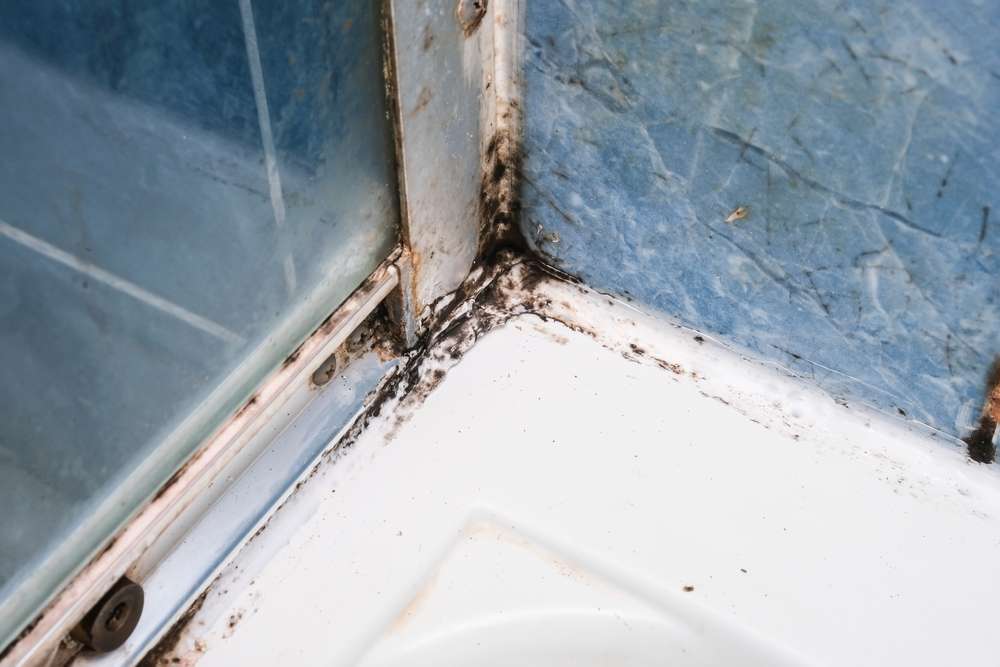Effective Mold Removal for Your Home: Prevent Moisture & Water Damage
Mold in a house can start small and quickly become a costly, unhealthy problem if left unchecked. Understanding how mold grows, what signs to watch for, and how removal and prevention work helps protect your living spaces, belongings, and indoor air quality. This guide explains practical steps for detection, cleanup, and long-term moisture control.

This article is for informational purposes only and should not be considered medical advice. Please consult a qualified healthcare professional for personalized guidance and treatment.
What causes mold in a house?
Mold needs three things to grow: moisture, organic material, and time. Common causes in a house include roof or plumbing leaks, poor ventilation in bathrooms and kitchens, high indoor humidity, and past water damage that wasn’t fully dried. Even small, repeated condensation on windows or pipes creates micro-environments where mold spores can establish. Identifying the source of moisture is the first step toward meaningful removal and long-term control.
Mold types vary and some thrive in hidden spaces like inside walls, under flooring, or inside HVAC systems. Materials such as drywall, wood framing, carpeting, and insulation provide food for mold once damp. Addressing both the visible mold and the underlying moisture problem prevents recurrence.
How can you detect mold in your home?
Visible mold can appear as black, green, white, or brown spots, often accompanied by fuzzy textures. A persistent musty odor is another strong indicator, even when mold isn’t obvious. Residents may notice allergy-like symptoms—sneezing, itchy eyes, or respiratory irritation—when mold is present. For hidden areas, moisture meters, infrared cameras, and professional inspections help locate damp pockets where mold might be growing.
Home testing kits exist but can be limited; a positive spore finding doesn’t always indicate an active infestation. For larger concerns or health-sensitive occupants, consider an assessment by certified local services who can perform targeted testing and a thorough inspection.
How can you control moisture to prevent mold?
Controlling moisture is the most reliable way to keep mold at bay. Fix leaks promptly—roof, window, and plumbing repairs stop steady water intrusion. Improve ventilation in bathrooms, kitchens, and laundry areas using exhaust fans or windows. Use a dehumidifier in basements or crawl spaces where humidity regularly exceeds 50 percent. Ensure gutters and downspouts direct water away from the foundation to avoid basement infiltration and water damage.
Routine maintenance matters: monitor attic insulation and ventilation, keep HVAC drip pans clean, and dry or discard materials soaked by flood or major leaks. Rapid drying within 24–48 hours after water exposure greatly reduces mold risk.
What are professional mold removal steps?
Professional mold removal typically begins with an inspection to assess the extent and source. Technicians isolate affected areas using containment barriers and negative air pressure to prevent spore spread. They remove contaminated materials that can’t be effectively cleaned—porous drywall, insulation, and some carpets—then clean and treat salvageable surfaces with appropriate antimicrobial solutions. Thorough drying and repair of the moisture source follow to reduce the chance of recurrence.
Post-remediation clearance checks may include visual inspection and, in some cases, air sampling to confirm that spore levels have returned to normal. For water damage related work, professionals coordinate drying, structural repairs, and restoration to ensure the house returns to safe, usable condition.
When should you call local services for water damage and mold?
Small patches of mold (typically under about 10 square feet) can sometimes be managed by homeowners using protective gear and proper cleaning techniques, but larger infestations, HVAC contamination, or mold that returns after cleaning signals a need for professionals. If mold is caused by sewage or extensive water damage, involves structural components, or affects occupants with asthma or immune issues, contact certified local services experienced in mold remediation and water damage restoration.
Professionals can provide containment, specialized equipment, and documentation useful for insurance claims. They also help pinpoint underlying moisture sources—roof failures, foundation issues, or hidden plumbing leaks—that homeowners might miss.
Conclusion
Mold removal is as much about correcting moisture and water damage sources as it is about cleaning visible growth. Regular inspection, prompt repair of leaks, good ventilation, and drying after water events reduce the chance that mold will return. For larger or complicated infestations, qualified local services can assess risk, remediate safely, and help restore the house so occupants can breathe easier.






